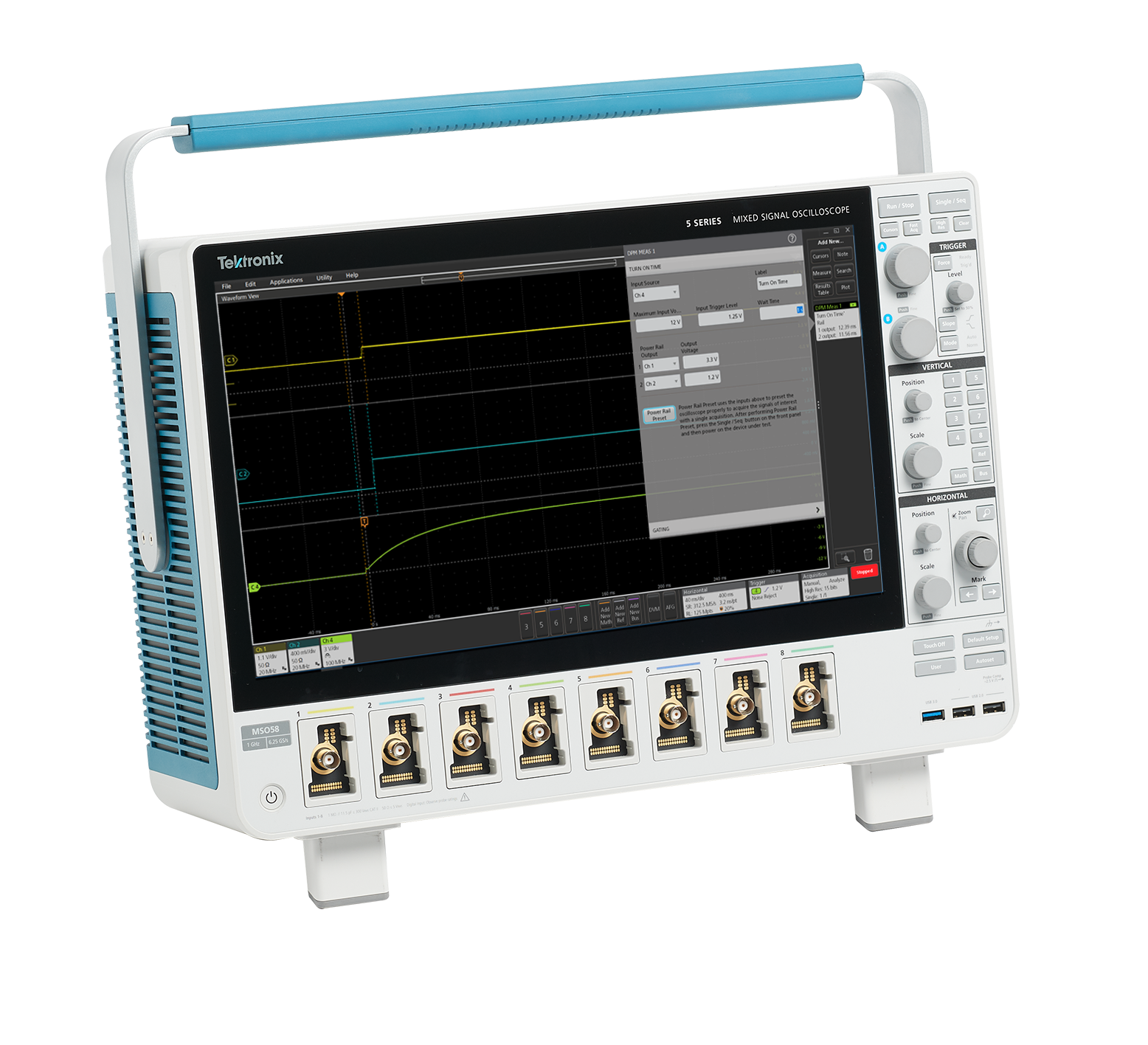Contactez-nous
Chat en direct avec un représentant Tek. Service disponible de 9 h à 17 h, CET jours ouvrables.
Téléphone
Appelez-nous au
Disponible de 9 h à 17 h CET jours ouvrables.
Télécharger
Télécharger des manuels, des fiches techniques, des logiciels, etc. :
Feedback
Digital Power Management Analysis
5/6 Series B MSO Option 5-DPMBAS/5-DPM/6-DPM Application Datasheet
Plus d’informations


